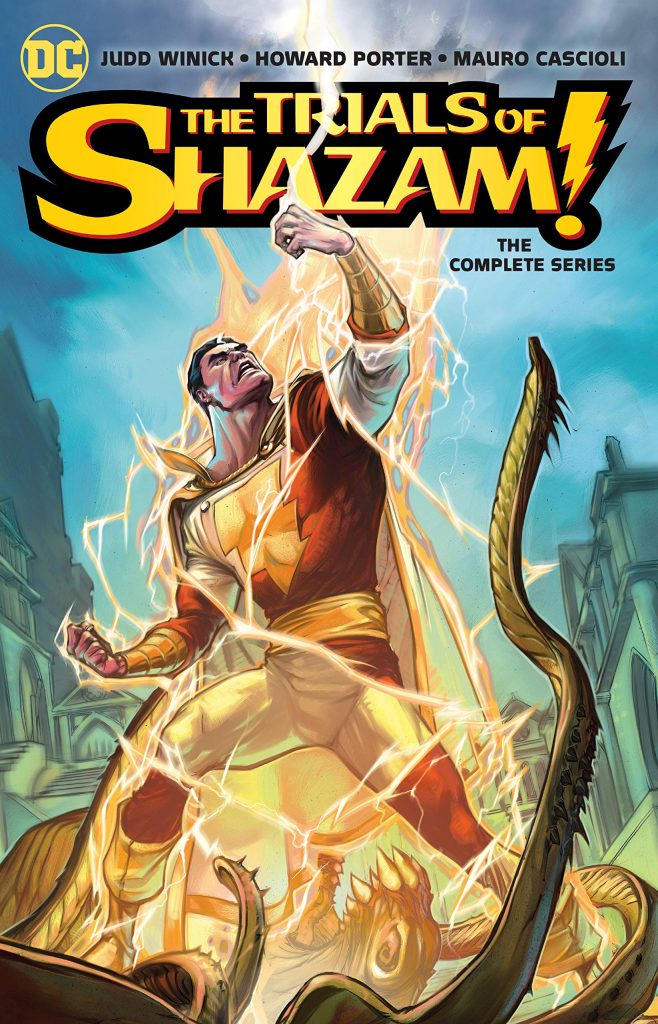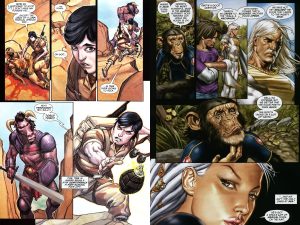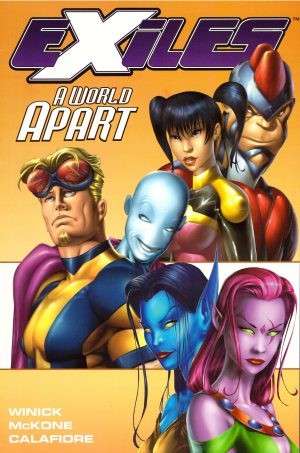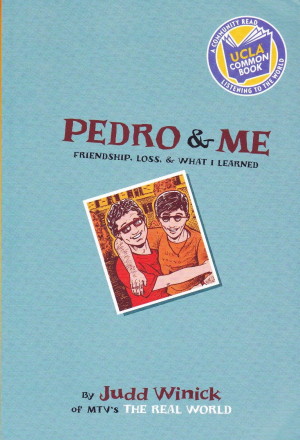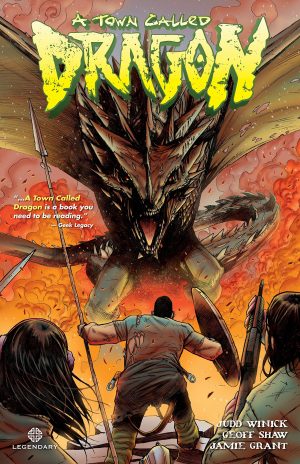Review by Frank Plowright
Once Captain Marvel, latterly Shazam and now apparently The Captain, DC’s secondary powerhouse is a continuing problem. In the 1940s he was more popular than Superman, but numerous revivals since the 1970s have failed to generate the same level of attention despite decent creative teams, an animated show and two movies. This collection of material from 2006 and 2007 was reissued to coincide with the first.
Judd Winick realises that yet another reworking of the old approaches is redundant, but his solution is misguided. His reasoning is that lighthearted superheroics no longer have an appeal, and therefore a wholesale shove into darkness might produce results. DC reorganising the way magic operates across their entire line provided the opportunity. Winick promoted the Billy Batson version of the character to Keeper of the Rock, and instead shone the spotlight on Freddy Freeman, formerly Captain Marvel Jr., now in line for advancement to the main job. The trials referred to in the title represent it not being an automatic promotion, but one to be earned in stages by picking up power upgrades one by one during a succession of tests.
The result is a plot playing out as if a video game with the uninspired menace being descendents of Merlin who believe the upgrades will be theirs if Freddy fails to please the assorted avatars of power. As explained here, this has as little logical underpinning as much else, since the vagaries of magic are used as the all-purpose explanation all too often. Winick hopes the action will paper over the cracks, and involving Freddy in the cultural hotspots of the early 21st century will generate gravitas.
For The Trials of Shazam, Howard Porter modified his art, no longer producing black and white linework, but what seems digital colouring over pencilled layouts. Whatever the technique, it’s still dependent on Porter’s artistic imagination, and while his storytelling is strong, the dynamism is absent. It is present, however, in Mauro Cascioli’s pages for the final third. His art is awkward to start with, but rapidly develops into something far more befitting gods and immortals, with some later pages really memorable.
However, Winick has run out of ideas by halfway, resorting to including multiple guest stars who wander around with no great purpose. DC didn’t have any faith in the idea either, which was entirely ignored for the next reboot. If Cascioli’s art impresses, you might want to head for the cheaper version and pick up used copies of the original paperback editions as Vol. 1 and Vol. 2.
